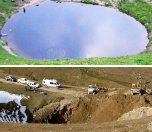Click to read the article in Turkish
Two of the Lydian Tumuli of Bin Tepe in Manisa have been damaged by the excavators of treasure hunters. Located in Ahmetli district in southwestern Turkey and on the UNESCO World Heritage Tentative List, the tumuli were considered to be "the pyramids of Anatolia."
After the tumuli were damaged, the gendarmerie are now patrolling the area more frequently against illegal excavations. The locals have also called on everyone to be more sensitive about such interventions.
Treasure hunters caught in 26 excavations
In the area also known as "Bintepeler" (which roughly translates "1,000 tumuli"), covering the districts of Salihli, Ahmetli, Saruhanlı and Gölmarmara in Manisa, there are 115 tumuli, large and small, where Lydian nobles and royal family members were buried in ancient times.
"These tumuli are the most conspicuous ancient landmarks of Lydia, visible from afar and marking the region as a place of peculiar, haunting significance," says UNESCO in describing the tumuli.
The Sardis Ancient City and the Bintepeler Lydian Tumuli, included in the UNESCO World Heritage Tentative List in 2013, are sometimes faced with illegal excavations due to their spread over a wide area of agricultural land. Most recently, on January 26, two tumuli near Kendirlik Neighborhood in Ahmetli were dug and destroyed by unidentified persons.
While the region has reportedly seen 26 illegal excavations over the past two years, 66 treasure hunters who were caught while excavating the area were taken into custody and five scoops, three detectors, many excavation equipment and three trucks were seized.
'There is no tumulus not burgled'
Aigai Ancient City Excavation head Assoc. Prof. Yusuf Gezgin from the Department of Archaeology of Manisa Celal Bayar University has noted that "he does not think there is anything valuable inside the tumuli." Noting that the area harbors one of the biggest tumulus grave sites in the world, he has said, "This region has been plundered for 2,700 years, they are empty."
Indicating that tumuli have been burgled all through history, he has said, "I do not think that there are any tumuli not burgled," and added, "Therefore, treasure hunters destroy the tumuli for nothing. We have to protect this cultural heritage as much as we can."
About the Lydian Tumuli of Bin TepeFrom the UNESCO World Heritage Tentative List website: "The elite Lydian tumulus cemetery Bin Tepelies around the southern edge of the Marmara Lake. These tumuli are the most conspicuous ancient landmarks of Lydia, visible from afar and marking the region as a place of peculiar, haunting significance. "Covering some 74 square kilometers, Bin Tepe is the largest tumulus cemetery in Turkey. Today about 115 tumuli survive in Bin Tepe. The largest is the tumulus of Alyattes, king of Sardis from about 610-560 BC. 355 min diameter and 63 high, this tumulus is among the largest tumuli in the world; its marble chamber was explored in the nineteenth century. "Two other colossal mounds dominate the landscape; one, Karnıyarık Tepe, has been the subject of archaeological investigation intermittently since 1962, and a number of smaller tumuli and other sites have been partially excavated since that time. The Lydian tumuli of Bin Tepe are testament to the prominence of this landscape in the sixth and fifth centuries BC. Despite its most famous and halting mounded appearance, Bin Tepe was more than just a tumulus cemetery of the Lydian period, with both much earlier and much later remains attesting the continuity of its cultural significance. Bin Tepe was tightly connected to Sardisas, its royal cemetery. "A Middle Paleolithic site, Chalcolithic and Bronze Age settlements or cemeteries, the tumulus of Lydian king Alyattes, two other colossal Lydian tumuli, 115 or so additional, smaller tumuli, Several settlements of the Lydian, Hellenistic, Roman, late Medieval, and Ottoman periods are major monuments and sites of Bin Tepe." |
(SO/SD)




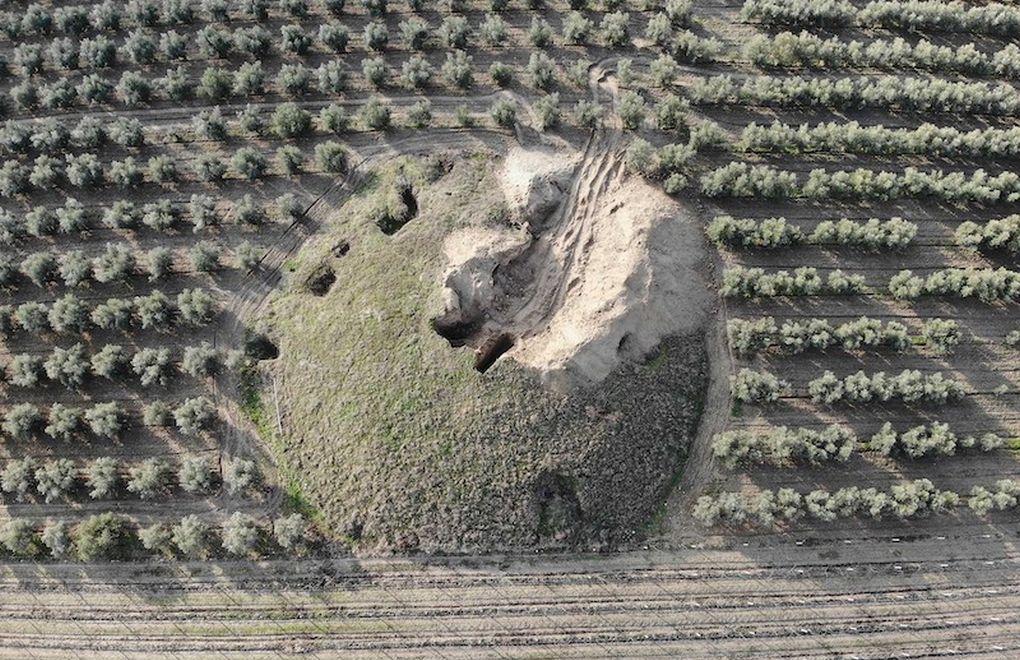
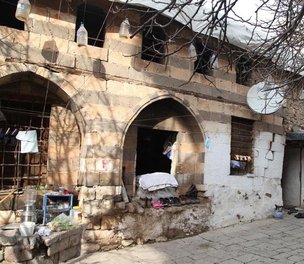
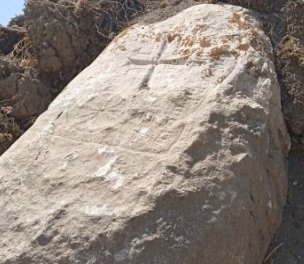
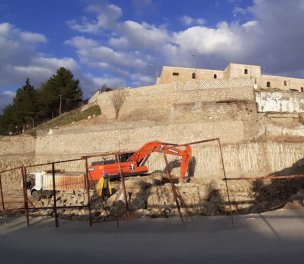
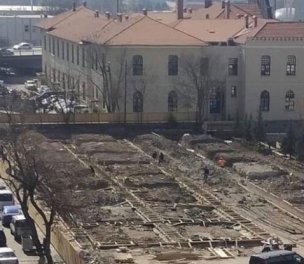
sa.jpg)
